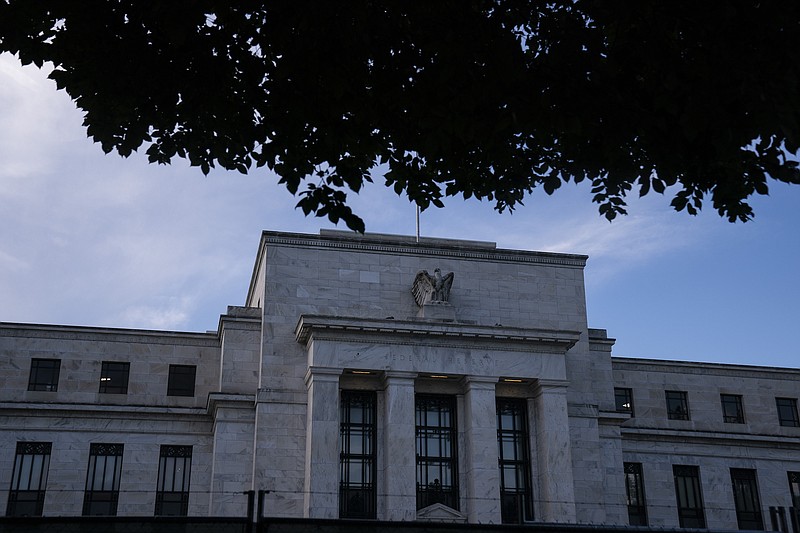Federal Reserve Chair Jerome Powell's efforts to cool down the economy are causing progressive criticism to heat up. He has been accused of wanting a "brutal" recession, trying to "throw millions of Americans out of work" and using "dangerous" rhetoric.
The criticism of the Fed's interest-rate increases sometimes veers into demagoguery, but the progressives' question deserves an answer: How can tightening monetary policy be morally justified even though it is expected to have a negative effect on employment?
What makes the question difficult is that the costs of inflation, while serious, are diffuse, while the costs associated with unemployment are highly concentrated. The costs of being unemployed are personal and often severe. They can include broken families, compromised mental health and reduced long-term prospects.
At the same time, the human toll of unemployment can't be the argument-ender that observers want it to be. If it were, that would mean that tighter policy is never justified. That can't be right.
Some progressives also have a simple-minded view of the relationship between unemployment and inflation. During the current bout of high inflation, House Speaker Nancy Pelosi has said that she was told in the 1980s, when she came to Congress, that inflation rises whenever unemployment falls.
She may have been told that. The early 1980s saw a severe recession largely caused by an effort to tame inflation. But her claim that inflation rises as unemployment falls has proven false during her own career. Unemployment fell from 1992 to 1998, and again from 2011 to 2020, without an increase in inflation.
Over the long run, tolerating high inflation does not seem to increase employment, and low inflation does not threaten it. Keeping inflation low is therefore sensible.
One option would be to accept the current level of inflation on the grounds bringing it down would weaken the labor market. But accepting current inflation may amount to accepting higher inflation. Market expectations of inflation over the next five to 10 years are only slightly higher than the Fed's 2% annual target.
Throw in the towel, and those expectations could rise -- and become self-fulfilling. Then the Fed would face a worse version of its current choice: Either accept that inflation will drift even higher or clamp down on it at the cost of unemployment. Letting inflation drift higher, flinching from the fight because of the risk of higher unemployment, and then being forced to act is more or less how the U.S. got that severe recession in the early 1980s.
The remaining options are about degrees of tightening: a lot or a little, fast or slow. The fact that expectations are under control suggests that it might still be possible to restore low inflation without a large increase in unemployment. That's an argument for moving fast. So is the fact that the unemployment rate is still relatively low.
The Fed may find its resolve tested if inflation begins to subside. It may be tempted to quit tightening when inflation drops to 3%, rather than inflict the additional pain needed to get back to the 2% target. If inflation is relatively predictable and stable, a 3% average might not impose much higher costs than a 2% one. But the Fed would not be making this choice in a vacuum. It would, in that case, be abandoning its initial target under duress, which is bound to make its future commitments less credible.
The alternative to taking the requisite action now, Powell has explained, is risking higher inflation and then a more severe recession. The critics are mistaken: He should keep tightening monetary policy, and with a clear conscience.
Bloomberg
